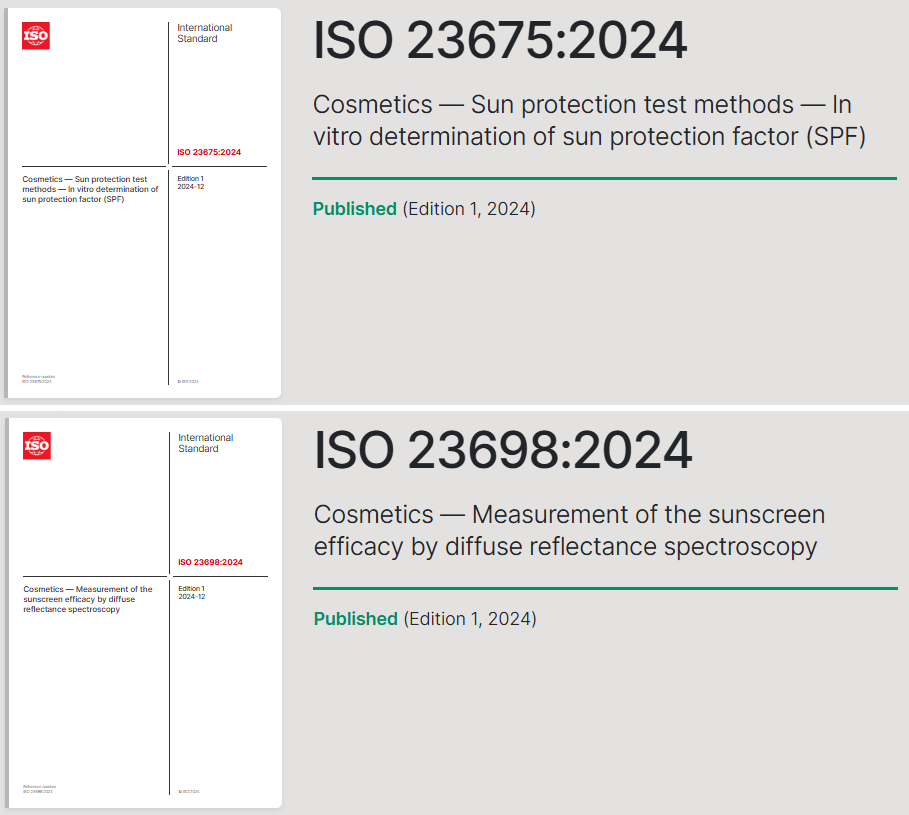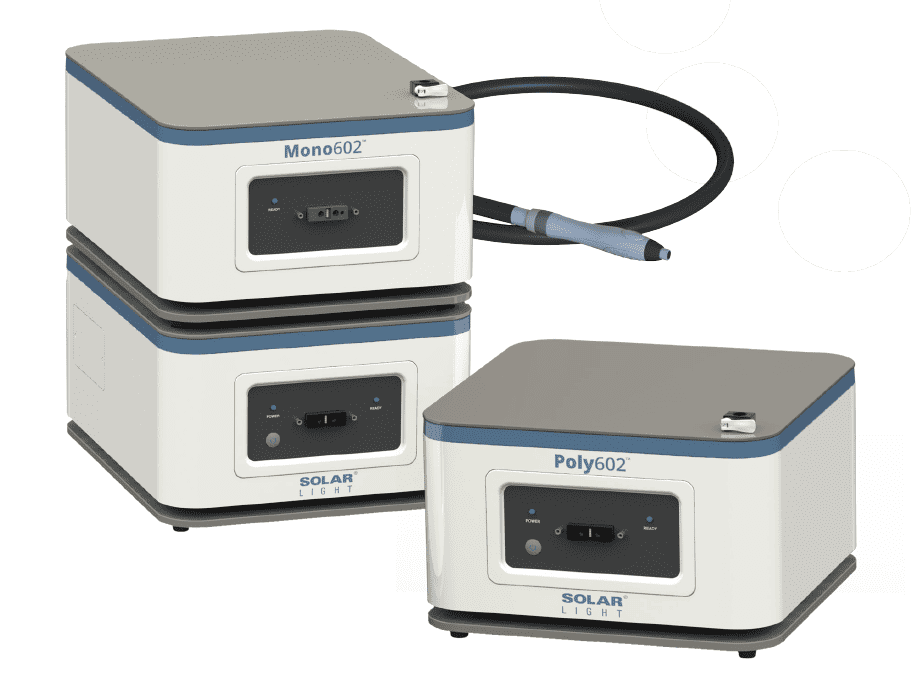From January 2025, WENEOS is launching an innovative new in-house testing method to assess the photoprotection of sunscreen products according to ISO 23698. Traditionally, in vivo testing protocols such as those described in ISO 24444 standards or FDA guidelines are used to measure the efficacy of sunscreen products. These approaches involve exposing the skin to UV rays in order to induce a cutaneous reaction (erythema) to determine the minimum doses of UV required to obtain a reaction on protected or unprotected skin.
To meet this need, we at WENEOS are introducing Hybrid Diffuse Reflectance Spectroscopy (HDRS), a new method that enables clinical tests to be carried out to assess SPF, FPUVA, Critical Wave Length (CWL), while eliminating erythematous and/or pigmented skin reactions, representing a major ethical advance in sun protection testing.
How does HDRS work?
The HDRS method is based on the combination of two types of measurement:
- In vivo diffuse reflectance measured directly on the skin.
- In vitro transmission and consideration of photodegradation of a sunscreen product applied to a specially textured Polymethylmethacrylate (PMMA) sheet.
This method has been rigorously tested by various working groups, via ISO and the ALT-SPF Consortium, on many different suncare products, covering a wide spectrum of formulations and SPF protection levels.
The results obtained by HDRS were compared with those of ISO 24444 tests and showed a strong correspondence, validating this innovative approach.
Ethical and scientific benefits
One of the main advantages of this technology is that it does not require exposure to UVB or UVA doses that can cause skin erythema and/or pigmentation. As a result, it is no longer necessary to define a MED dose. This method represents a significant ethical advance in the field of clinical testing to assess the sun protection of cosmetic products.
WENEOS has been involved in alternative methods for many years, and is committed to offering quality services in full compliance with current standards. We are proud to be able to offer this HDRS method according to the future ISO 23698 standard, which places both science and ethics at the heart of solar testing practices from January 2025.
For more regular news, follow us on LinkedIn







